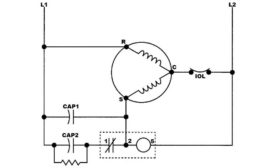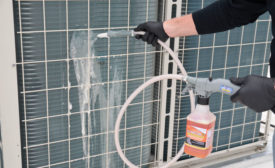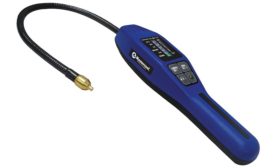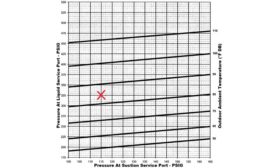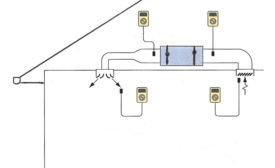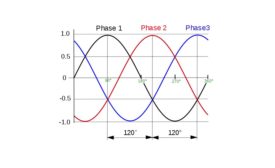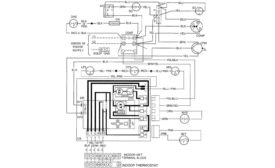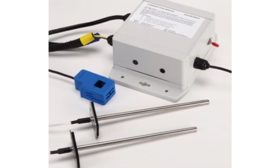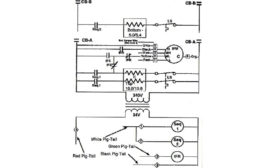Service and Maintenance
How to Clean Coils and Make More Money While Doing It
Mutually beneficial maintenance procedure improves comfort, efficiency
Read More
5 Capacitor Facts You Should Know
These facts will come in handy during diagnosis and replacement
Read More
Leak Detector Maintenance and Care
Quality care and testing will help find leaks the first time
Read More
A Comfort Complaint Follow-Up
Is it the equipment or the service that's causing the performance issues?
Read More
Three-Phase Power and Voltage Imbalances
A little electrical knowledge can go a long way in troubleshooting HVAC systems
Read More
A Heat Pump That's Not Keeping an Office Warm
The temperature on the thermostat does not match the temperature of the conditioned space
Read More
A Frozen Coil Can Hinder A/C System Effectiveness
Ice forms on the heat exchanger and acts as an insulator
Read More
Copyright ©2024. All Rights Reserved BNP Media.
Design, CMS, Hosting & Web Development :: ePublishing
